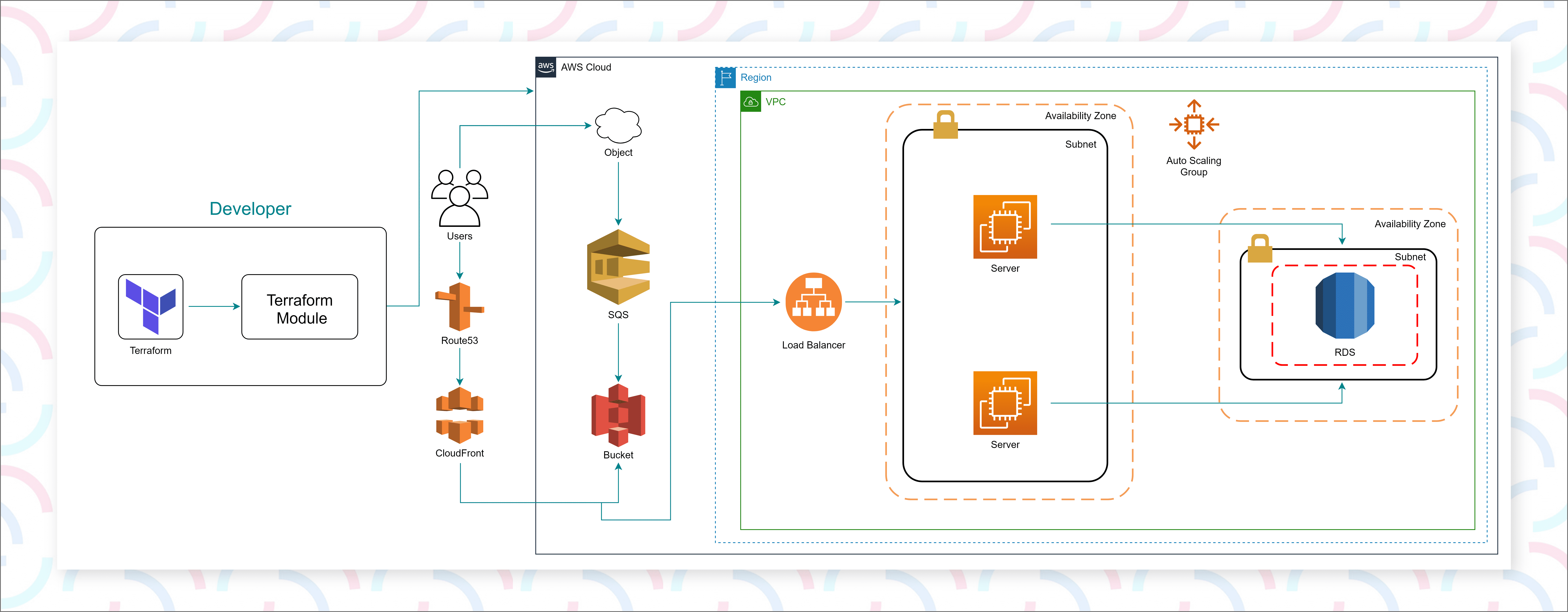Overview
 AWS S3
AWS S3 AWS EC2
AWS EC2 AWS RDS
AWS RDS Amazon CloudFront
Amazon CloudFront HashiCorp Terraform
HashiCorp Terraform AWS Route 53
AWS Route 53 AWS SQS
AWS SQS HashiCorp Packer
HashiCorp Packer docker
dockerThe client is a UK-based prominent entertainment company known for its captivating and high-quality shows and stories, specializing in early-stage content monetization through the utilization of cutting-edge technologies.

Let’s transform your idea into a real product with scalable solutions.